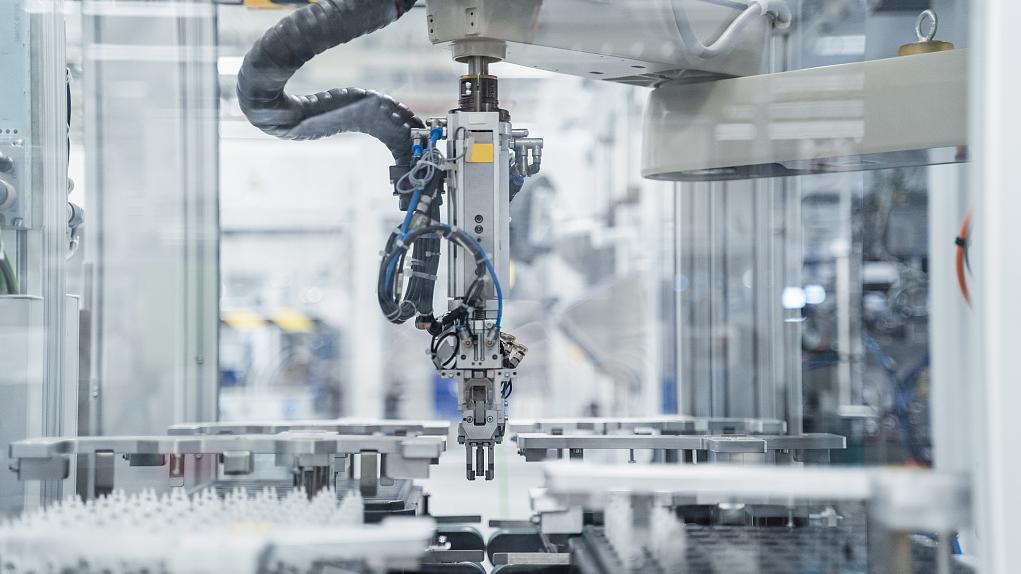In the key action paragraph, all I see is "could" and "should".
China’s Hidden Tech Revolution (CONTINUED)
The United States will always be a difficult place to make things.
To avoid repeating the solar story, the United States will have to give greater priority to advanced manufacturing. Andy Grove, the legendary CEO of Intel, recognized this problem a decade ago, when he urged the country to focus less on “the mythical moment of creation” and more on bringing innovations to market. “This is the phase where companies scale up,” he wrote in an influential article in 2010. “They work out design details, figure out how to make things affordably, build factories, and hire people by the thousands.” But to get better at scaling up, the United States will also have to learn to think differently about the value of manufacturing work. Policymakers must resist the urge to scorn manufacturing as a mere “commoditized activity” that can be done overseas. Instead, the mass production of new technologies needs to be seen as equal in importance to the innovations themselves—an activity that depends on the kinds of deep process knowledge that can only come from the better training and integration of workers, engineers, and scientists.
The new U.S. investments in tech industries that flow from the CHIPS Act and the Inflation Reduction Act will help reverse the tide. But as China understands well, money is only the beginning of the process of building a durable technology sector. Such investments must also be accompanied by efforts to end the cost overruns that plague U.S. efforts to build better infrastructure. Local colleges and elite universities must better train students for advanced manufacturing. And Washington should learn to follow Beijing’s lead and court greater foreign investment. Like the Trump administration before it, the Biden administration has invited Japanese, South Korean, and Taiwanese firms to build chip factories in the United States; these companies should also be welcomed for their expertise in batteries and the broader electronics supply chain.
The economic reality, of course, is that the United States will always be a relatively difficult place to make things. Because of its smaller population and higher wage requirements—and the fact that the U.S. dollar remains the global reserve currency, raising the relative cost of producing goods domestically—the United States cannot outcompete China in most high-volume manufacturing. Nor is a campaign to revitalize U.S. manufacturing capability likely to create many jobs; any such effort will involve highly automated lines that rely more on capital than on labor. And of course, the United States should not attempt to make absolutely everything. U.S. policy must target strategic industries in which it has a plausible comparative advantage.
Indeed, in several such industries, the United States is well-positioned to outperform China. By strengthening its manufacturing potential, the United States could expand its lead in biotech, semiconductor production equipment, and aircraft engines. It should make sure it does not lose next-generation energy technologies such as hydrogen electrolyzers. And it could attempt to recover some of the electronics supply chain from Asia. Moreover, in the wake of Beijing’s repeated COVID-19 lockdowns and after Russia’s invasion of Ukraine, investors are increasingly rattled about the risks of investing in China, and the United States has an exceptional opportunity to win back manufacturing jobs. But as an ideological starting point, a new industrial policy will need to be centered on workers and their process knowledge rather than on financial margins. Otherwise, it is likely to be China, not the United States, that leads the next technological revolution.
They should add another keyword: "Cope"



